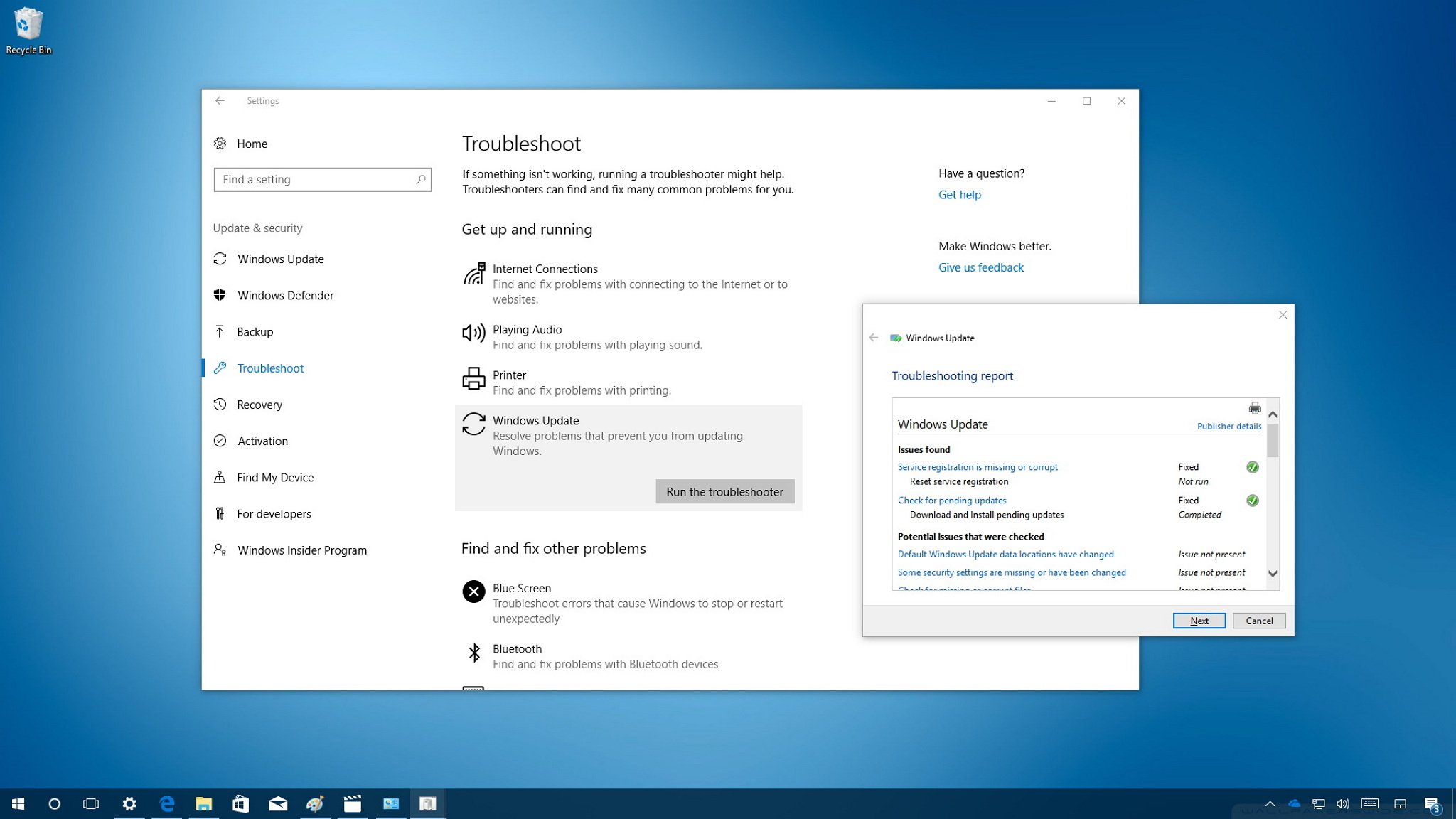How To Troubleshoot Laptop USB Port Issues
Windows 10 can be a bit tricky at times, especially when problems arise. But don't worry, troubleshooting your computer can be easier than you think. Here's how to use the troubleshoot tools to fix common problems on Windows 10.

Update problems
One of the most common problems people experience with Windows 10 is update issues. Whether your update is stuck or won't install, try the Windows Update Troubleshooter. This tool checks for any issues with Windows updates and fixes them automatically. Follow these steps to use the tool:
- Click on the "Start" menu and type "troubleshoot."
- Click on "Troubleshoot settings."
- Click on "Windows Update" and then "Run the troubleshooter."
- The troubleshooter will then check for any problems with Windows Updates and fix them.
Blue Screen of Death (BSOD)
Another common issue is the "Blue Screen of Death," also known as the BSOD. This error message can be quite scary, but don't worry, the Windows 10 Blue Screen Troubleshooter can help you diagnose and fix the problem. Here's what you need to do:
- Click on the "Start" menu and type "troubleshoot."
- Click on "Troubleshoot settings."
- Click on "Blue Screen" and then "Run the troubleshooter."
- Follow the prompts and the troubleshooter will automatically diagnose and fix the issue.
Internet connection problems
If you're having trouble connecting to the internet, the Internet Connections Troubleshooter can help you figure out the issue. Here's what you need to do:
- Click on the "Start" menu and type "troubleshoot."
- Click on "Troubleshoot settings."
- Click on "Internet Connections" and then "Run the troubleshooter."
- The troubleshooter will then check your internet connection and fix any issues.
Performance problems
If your computer is running slow or not performing as well as it should be, try the Performance Troubleshooter. This tool checks for any issues with your computer's performance and provides recommendations for fixes. Here's what you need to do:
- Click on the "Start" menu and type "troubleshoot."
- Click on "Troubleshoot settings."
- Click on "Performance" and then "Run the troubleshooter."
- The troubleshooter will then check your computer's performance and provide recommendations for fixes.
Conclusion
Windows 10 can be frustrating when problems arise, but with the troubleshoot tools, you can easily diagnose and fix the issue. Whether you're having problems with updates, the internet, or performance, the troubleshoot tools can help. Remember, if you're ever unsure, you can always reach out to Microsoft's support team for further assistance.
